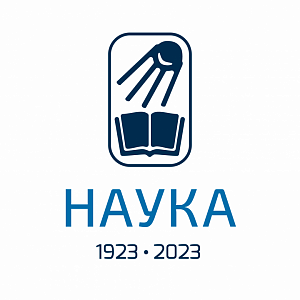Article
Plasma Investigations
2003. V. 41. № 3. P. 295–299
Velikodnyi V.Yu., Bityurin V.A.
Cluster-impact fusion of light nuclei
Annotation
A number of researchers, who performed experiments to investigate the interaction of charged clusters of heavy water $(\mathrm{D}_2\mathrm{O})_n^+$, accelerated in an electric field to an energy of $300$ keV, with a wall of deuterated materials $(\mathrm{TiD}$, $(\mathrm{C}_2\mathrm{D}_4)_n)$, revealed an "anomalously" high yield of products of the reaction $^2\mathrm{D}+{}^2\mathrm{D}$ with increasing size of clusters. It is demonstrated in this paper that the "anomalously" high yield of products of the reaction $^2\mathrm{D}+{}^2\mathrm{D}$ with increasing size of clusters may be caused by nonequilibrium effects arising as a result of collective interaction between $^2\mathrm{D}$ and heavy atoms of $\mathrm{O}$ and $\mathrm{Ti}$ by the Fermi mechanism. Based on the results of analysis of experimental data and prediction results, we suggest methods of realizing the process of fusion of light nuclei at a close-to-maximal rate at a relatively low average energy per nucleon in a cluster of about $0.005$ to $0.8$ keV. In principle, no novel breakthrough technologies are required to realize the suggested methods (standard commercially available equipment is adequate for the purpose). A characteristic feature of the suggested devices consists in their small dimensions and a relatively low value of the initial energy input, which offers possibilities for their utilization as a source of energy in flights to outer planets of the solar system and at stations on those planets.
Article reference:
Velikodnyi V.Yu., Bityurin V.A. Cluster-impact fusion of light nuclei, High Temp., 2003. V. 41. № 3. P. 295
Velikodnyi V.Yu., Bityurin V.A. Cluster-impact fusion of light nuclei, High Temp., 2003. V. 41. № 3. P. 295







